Are you in a bit of a pickle trying to figure out “How many security cameras do I need”? It's a common question, and the fact is, there's no one-size-fits-all answer. But fear not! We're here to break it all down for you! By the end of this guide, you'll have a crystal clear idea of how many cameras will get you that iron-clad security setup you're aiming for.
Before diving into the nitty-gritty with aosu, let's touch base on the essentials.
Answering these questions is your first step toward a secure and monitored environment.
1. Understanding the scope of coverage
The foundation of a robust security system starts with a thorough understanding of the area it needs to cover. This initial step is crucial for determining the number and type of cameras you'll need.
- Calculating the area of your property:Measure or obtain the square footage of the space you want to monitor. This includes both indoor and outdoor areas. Larger properties will naturally require more cameras to achieve comprehensive coverage.
- Identifying critical areas and potential blind spots: Walk through your property to identify areas that are particularly vulnerable or have poor visibility. These might include obscured windows, alleyways, or dense foliage areas. Ensuring these spots are covered is key to eliminating blind spots in your surveillance.
2. Identifying key surveillance areas
To maximize the effectiveness of your security camera system, prioritize key areas that are most likely to be targeted by intruders or require the most attention.
- Entry points (both doors and windows): These are the most common access points for intruders. Cameras placed here not only deter unauthorized entry but also help you monitor who comes and goes. Ensure all main entrances, side doors, back doors, and accessible windows are covered.
- High-value areas: If you have areas in your home or business where valuables are stored, such as safes, jewelry, or high-end electronics, it's wise to have dedicated cameras. This helps in both deterring theft and in the event of a break-in, providing clear evidence.
- High-traffic areas (Living rooms, hallways, business lobbies):These areas see the most activity and are crucial for monitoring the movement of people within your space. In businesses, lobbies can be key for identifying unauthorized visitors or potential security threats.
By carefully evaluating your needs and the unique aspects of your property, you can make informed decisions about the quantity and variety of cameras required for efficient surveillance. Adopting this thoughtful strategy enables you to design a customized security system that covers all possible weak points, providing you with reassurance and a more secure setting.

3. How many security cameras do I need? (Based on property type)
The type and size of your property play a significant role in determining how many security cameras are needed to achieve comprehensive coverage. Here, we'll break down the considerations for various property types, from residential to commercial and unique spaces, providing a clearer picture of your needs.
Residential properties
- Small Homes: For a standard-sized home (e.g., 1-2bedrooms), typically, 3-4 cameras are sufficient. One camera for the front door, one for the back door, and additional cameras to cover main living areas or the perimeter can provide a solid level of security.
- Large Estates: Larger properties with multiple entry points, outbuildings, and extensive grounds may require 8-12 cameras or more. This ensures all areas are monitored, including gates, detached garages, and secluded boundaries.
Commercial properties
- Retail Spaces: The layout and size of the retail space will dictate the number of cameras. Entry and exit points, cash registers, and high-value item display areas must be covered. A small shop might need 4-6 cameras, while a large retail space could require 10-20 to monitor all critical areas adequately.
- Offices: Similar to retail spaces, the focus should be on entry points, common areas, and sensitive areas such as server rooms. Small offices may get by with 4-8 cameras, whereas larger office spaces could need 10-25 cameras, depending on layout complexity and security needs.
- Warehouses: Given their large open spaces and high shelves, warehouses can be challenging to monitor. Cameras should cover loading docks, entry points, and valuable inventory areas. Depending on size and layout, 10-30 cameras might be necessary for effective coverage.
Special considerations for unique spaces
- Farms: Farms present unique challenges due to their vast open areas and various structures like barns and storage sheds. Surveillance needs might vary greatly, with considerations for livestock areas, equipment storage, and perimeter fencing, potentially requiring a mix of 10-20 cameras or more, depending on the farm's size and layout.
- Industrial Sites: These sites often cover extensive areas with a mix of indoor and outdoor spaces, including production lines, warehouses, and employee areas. The number of cameras can vary widely, from 20 to 50 or more, to monitor all critical points effectively.
- Outdoor Venues: For outdoor venues such as parks, concert areas, or sports facilities, the layout and the nature of events held will significantly influence camera needs. Wide-angle and PTZ cameras are particularly useful here for their ability to cover large areas and zoom in on specific incidents.
When calculating the number of cameras for any property type, consider not just the size and layout but also future needs and potential expansion. This proactive approach ensures that your security system remains effective and adaptable, providing comprehensive protection that grows with your property.
4. Advanced considerations
As you map out your security camera installation, it's necessary to evaluate whether and how these systems can be combined with additional security tactics for enhanced overall safety. Furthermore, it's essential to navigate legal and privacy considerations carefully to guarantee that your security practices are not only efficient but also compliant with regulations and mindful of privacy rights.
Integration with other security systems
- Alarms: Security cameras can work in tandem with alarm systems to provide visual confirmation of alarms, helping to verify threats and reduce false alarms. Integration allows for a coordinated response, where cameras can automatically record when an alarm is triggered.
- Motion Sensors: Pairing cameras with motion sensors enhances the effectiveness of your surveillance system. Cameras can be set to start recording or send alerts when motion is detected in specific areas, ensuring you capture important events without having to sift through hours of footage.
- Smart Home Systems: Modern security cameras often seamlessly integrate with smart home ecosystems, allowing for centralized control and monitoring. This integration can enable functionalities like remote viewing, notifications on your smartphone, and voice control through smart assistants. It also allows for scenarios where lights can be triggered by camera motion detection, adding an additional layer of deterrence against intruders.
All three of these functionalities are featured in aosu security cameras, which enhance the efficiency and integration of your home security system, providing peace of mind through advanced technology and seamless connectivity.
Legal and privacy concerns
- Ensuring compliance with local laws:Before installing security cameras, it's crucial to be aware of and comply with local laws and regulations. This can include restrictions on audio recording, requirements for signage, and prohibitions against recording in certain areas without consent. Failure to comply can result in legal penalties and undermine the legitimacy of your surveillance efforts.
- Respecting privacy:While security is paramount, it's equally important to respect the privacy of individuals. This includes positioning cameras so they do not intrude on neighbors' private spaces or areas where there is an expectation of privacy, such as bathrooms or changing areas within your own property. Transparency with employees or household members about the presence of cameras and the areas they cover is also key to maintaining trust and respect. If you find yourself in a situation where your neighbor's security cameras are pointed at your property, here are some tips on how to legally shield your privacy from their cameras.
By considering these advanced aspects of security camera installation, you not only enhance the protection of your property but also ensure that your surveillance practices are responsible, respectful, and in line with legal requirements. This careful balance between security and privacy reinforces the integrity of your surveillance efforts and helps build a safer environment for everyone involved.
Exploring aosu's security solutions: single cameras and camera kits
Securing your property effectively hinges on having the appropriate tools at your disposal. Aosu sets itself apart by offering versatile security solutions designed to meet a variety of needs, whether you're outfitting a cozy apartment or safeguarding a large commercial facility.
- Single Camera Solutions: For targeted surveillance or smaller areas, aosu's single cameras are equipped with cutting-edge features like night vision, motion detection, and weatherproof design, delivering top-quality coverage exactly where it's needed. Among these, the solar-powered cameras stand out by offering an eco-friendly, cost-effective solution that ensures continuous operation without the need for frequent battery changes or complicated wiring, making them ideal for locations where power access is limited or non-existent.
- Camera Kits for Comprehensive Coverage:Aosu’s camera kits are designed for those needing extensive surveillance across multiple points. Perfect for larger residential properties, businesses, and unique spaces requiring broad coverage, these kits can include solar-powered options to enhance the efficiency and sustainability of your security setup.
Why choose aosu?
- Flexibility:Tailor your security setup with options to mix and match cameras, including environmentally friendly solar-powered models.
- Integration:Seamlessly integrate aosu cameras with your existing security systems, elevating your setup's capabilities without any hassle.
- Eco-friendly:Opt for solar cameras to reduce environmental impact while ensuring your surveillance system is always powered up.
- Privacy and Compliance:A commitment to privacy standards ensures your surveillance strategy is both effective and ethically sound.
Incorporating Aosu's solar-powered cameras into your security plan not only addresses practical surveillance needs but also aligns with a growing demand for sustainable and efficient technology solutions. Whether you're looking to secure a small outdoor area or a large, complex property, Aosu offers the innovative tools to meet your security challenges head-on.
Summing up
In determining "How many security cameras do I need?" it's crucial to assess your property's size, critical areas, and specific security concerns. Equip your home or business with the necessary surveillance to deter threats and ensure safety. Your proactive steps today lay the foundation for a more secure tomorrow.






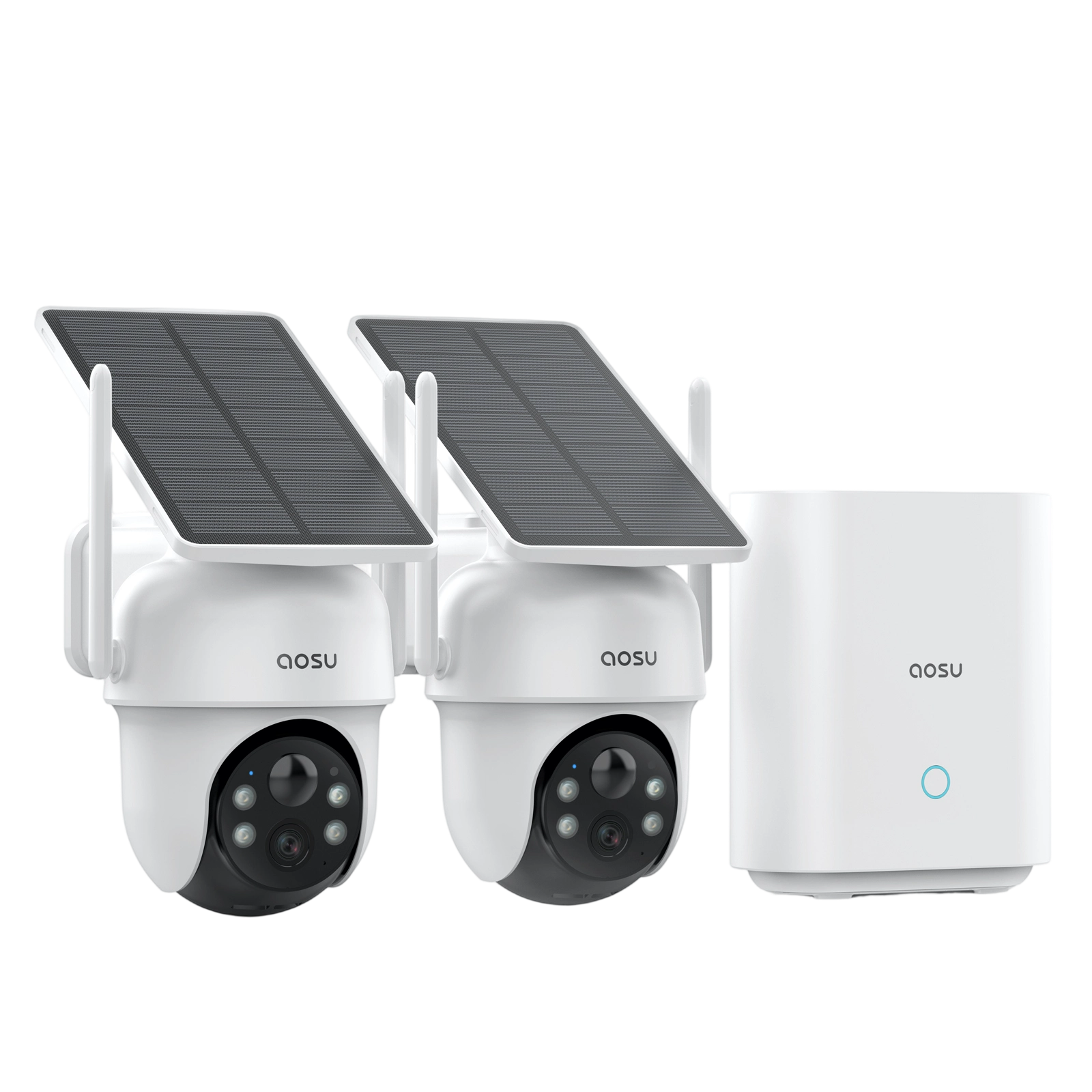
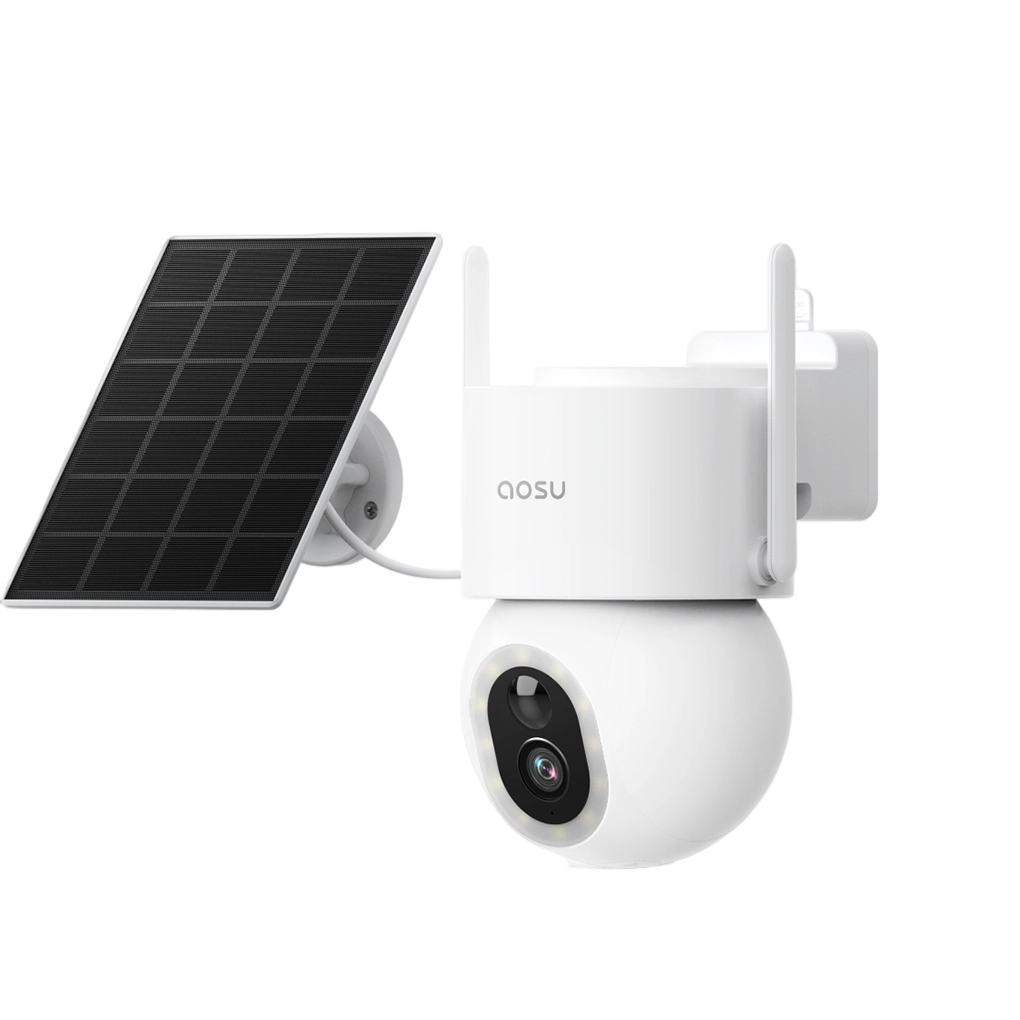
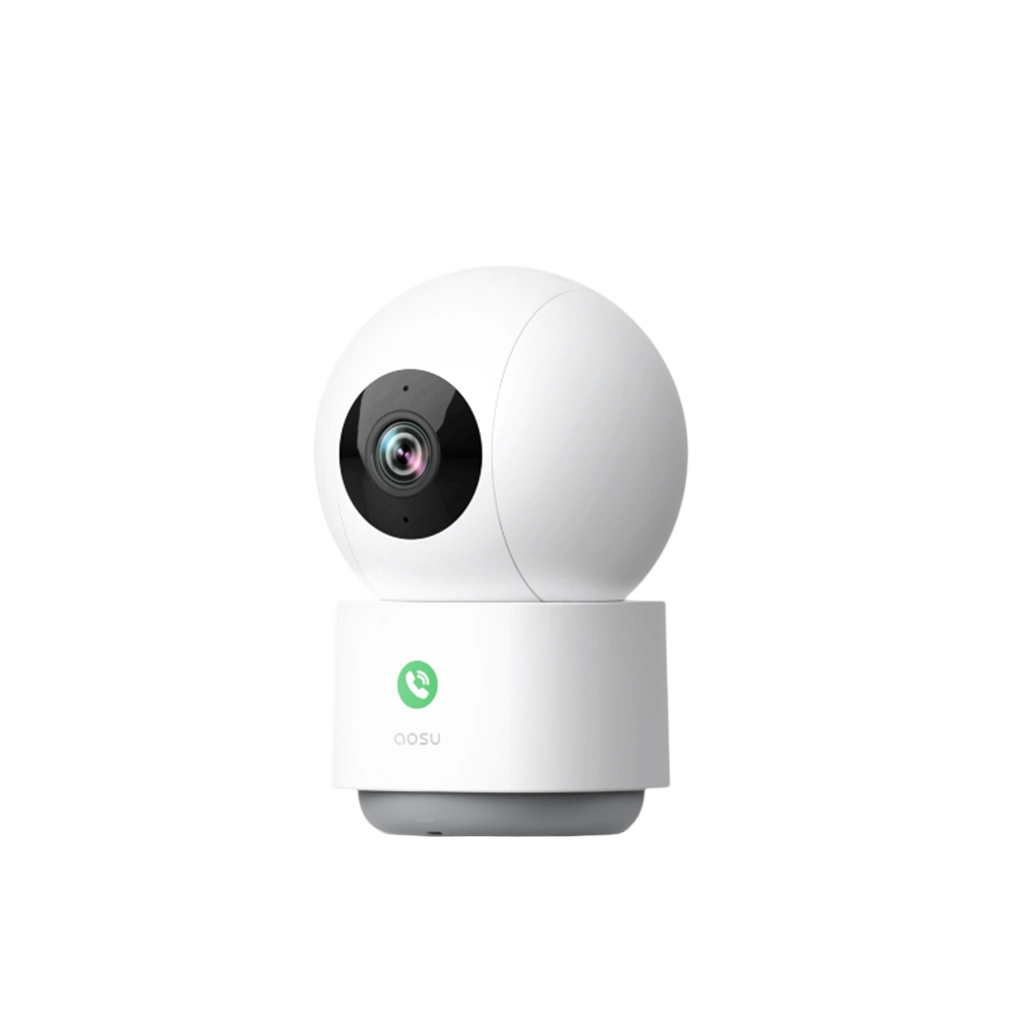
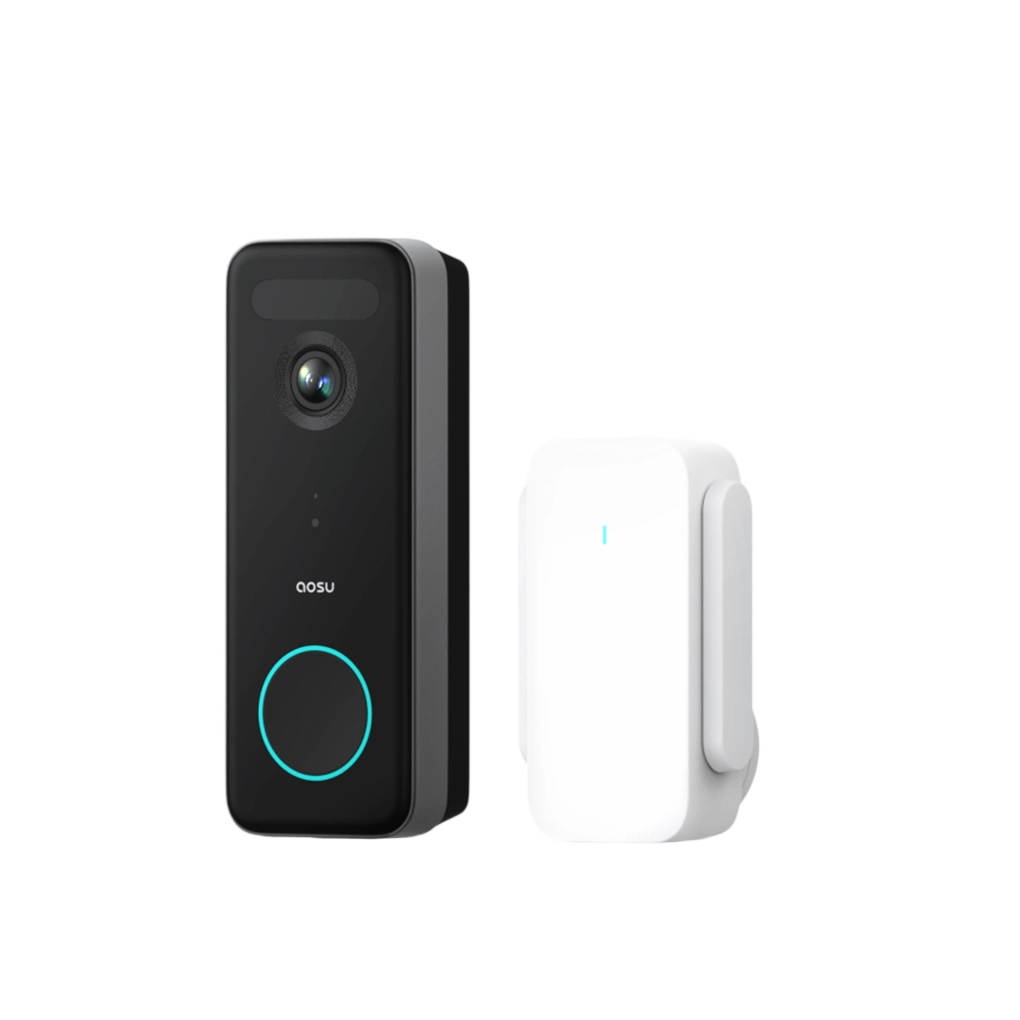
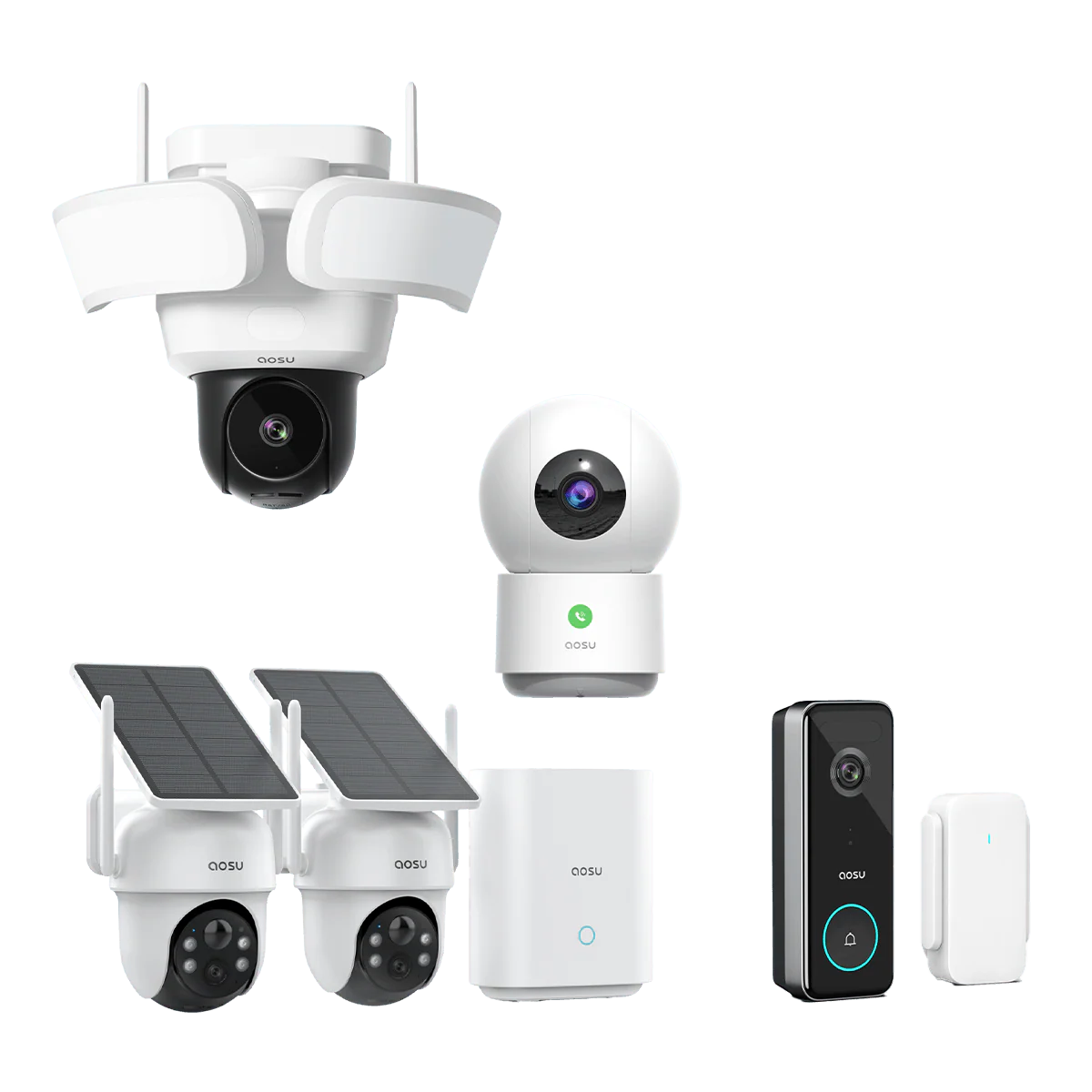
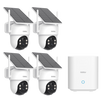
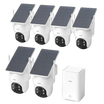
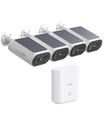

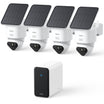
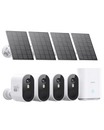

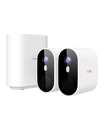
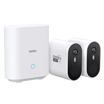
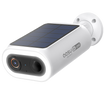
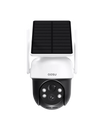
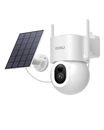
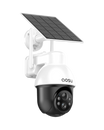
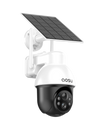
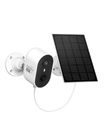
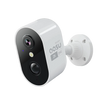
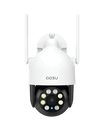
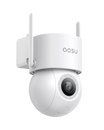
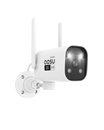

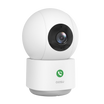
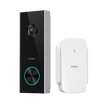
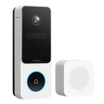
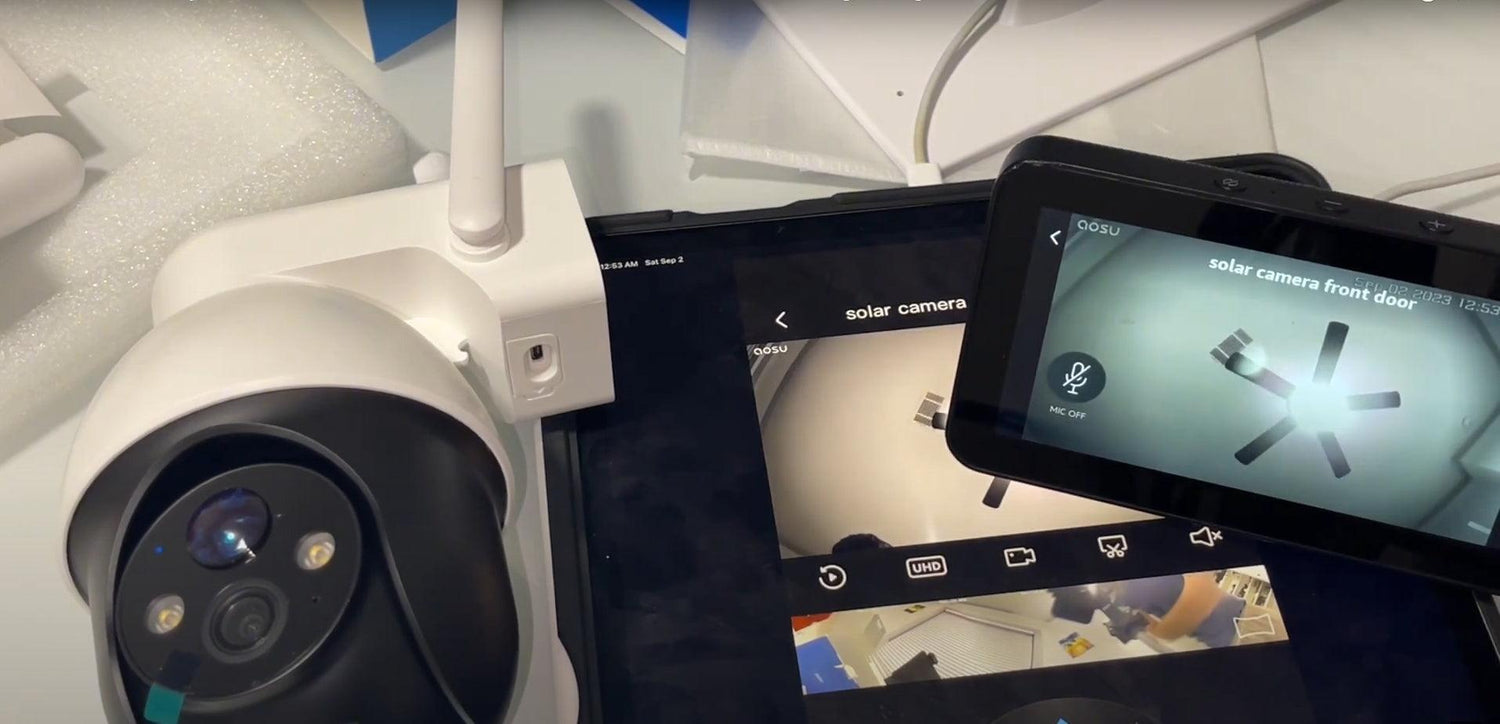
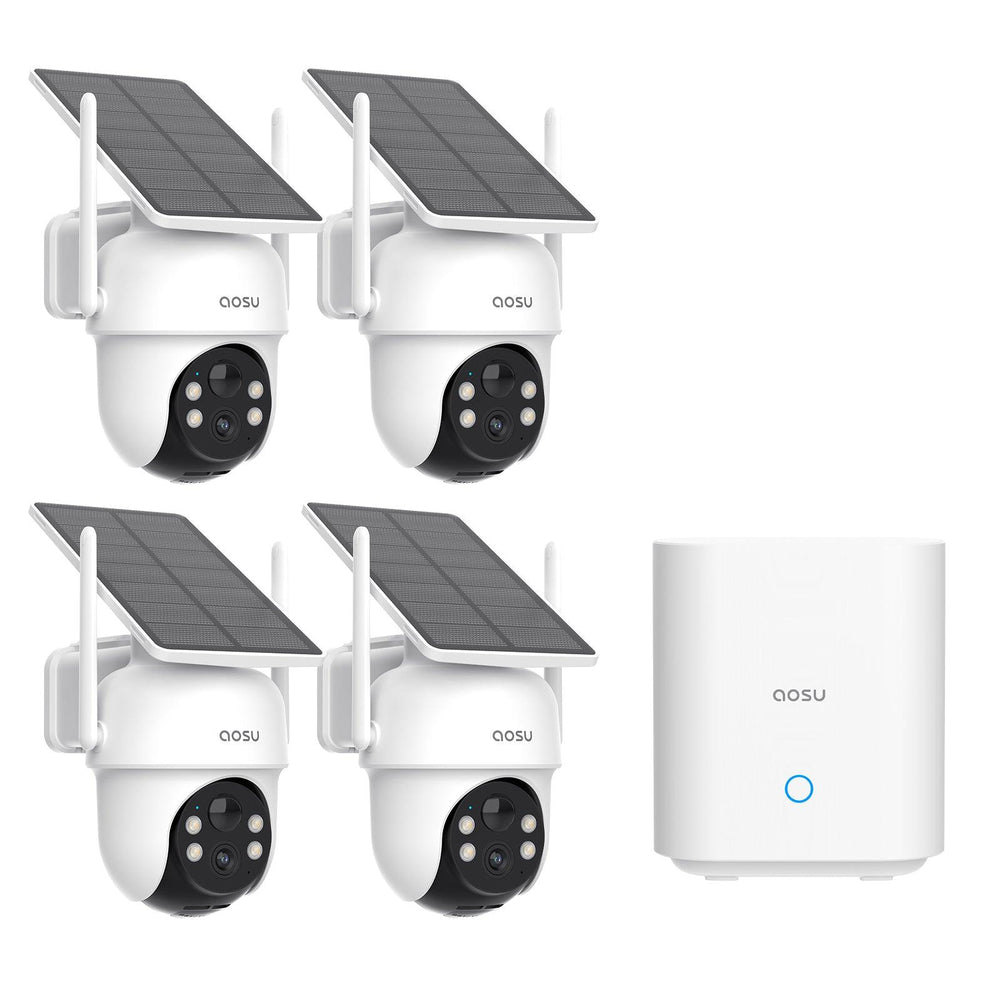

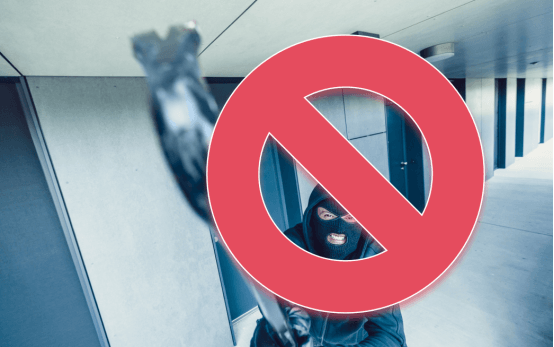
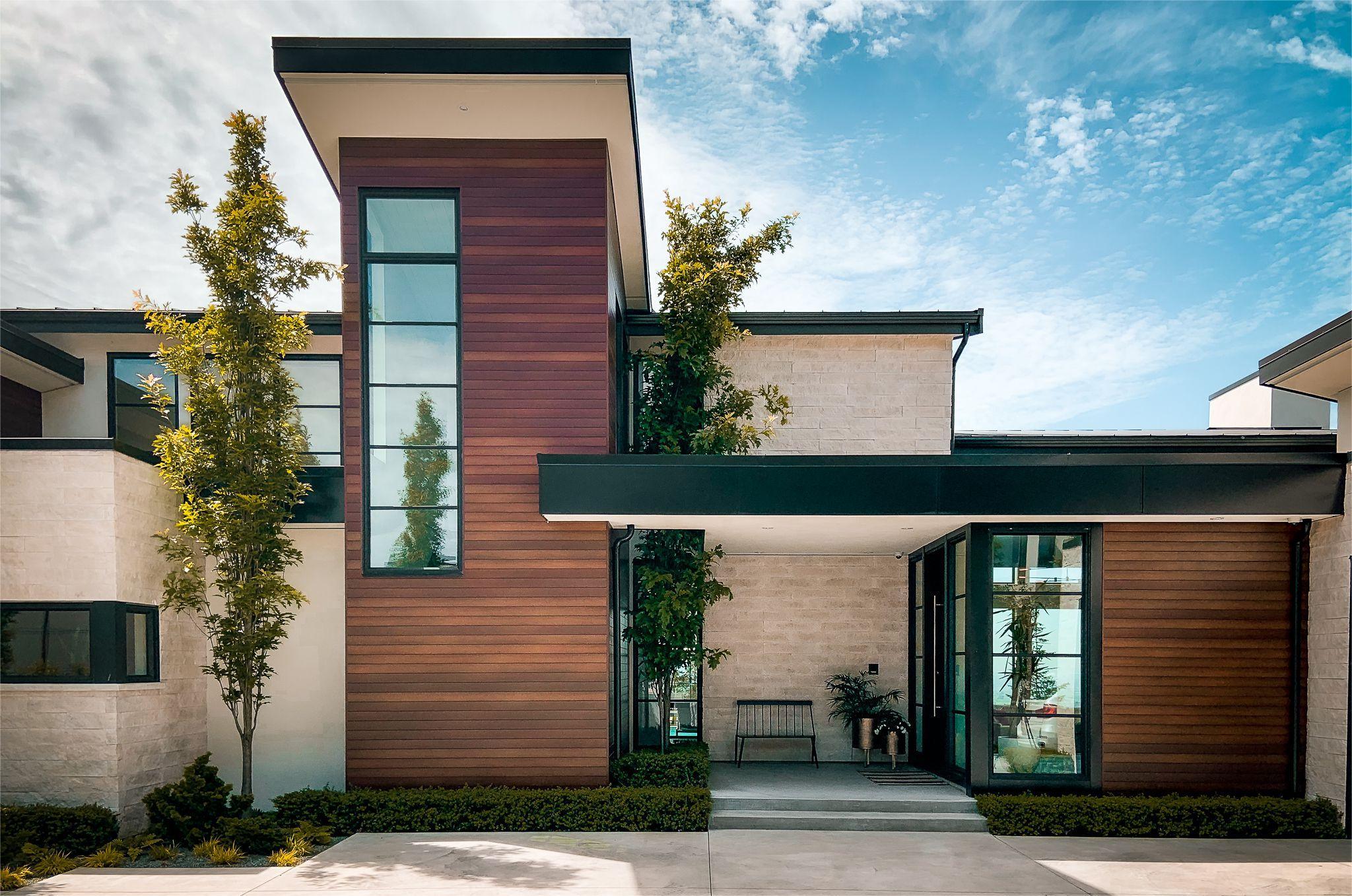

Leave a comment
This site is protected by hCaptcha and the hCaptcha Privacy Policy and Terms of Service apply.